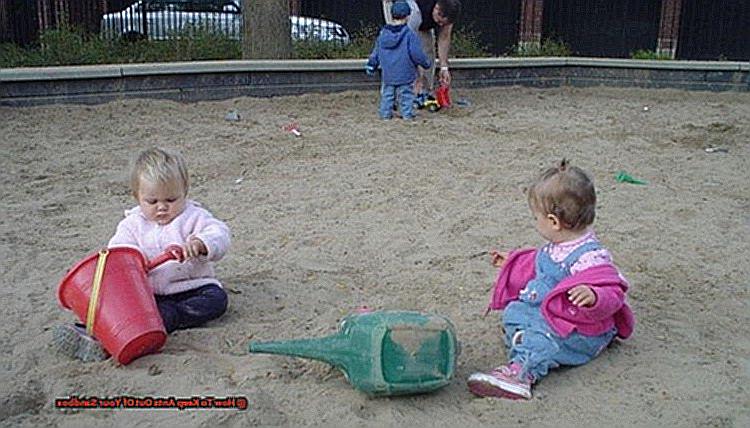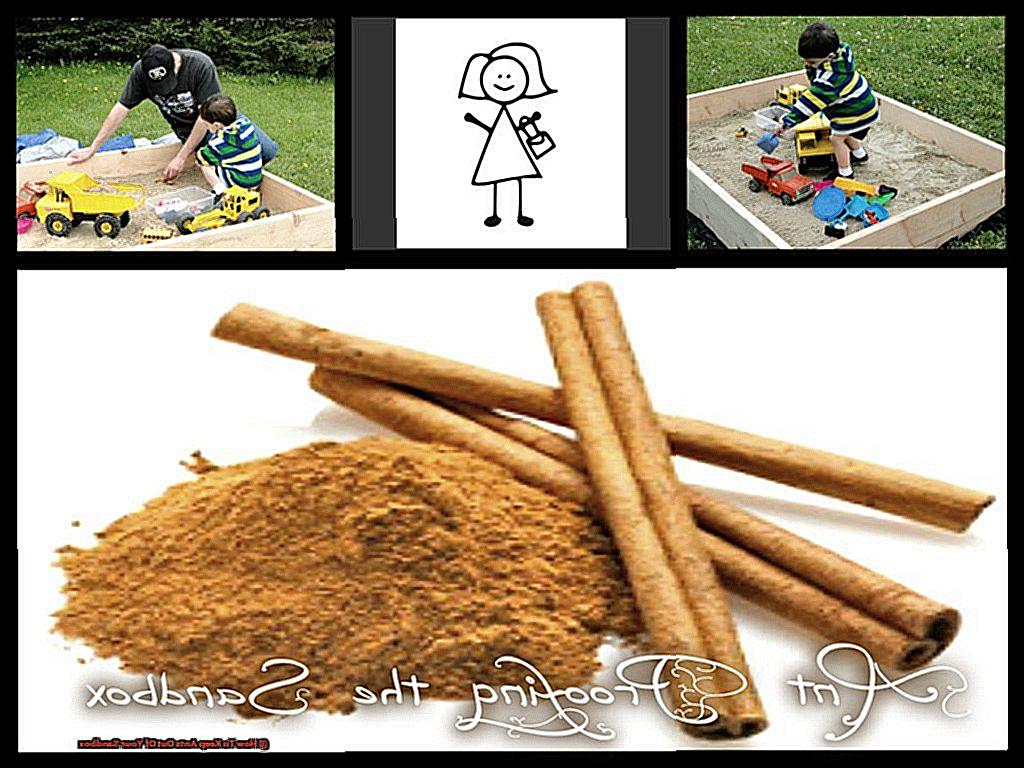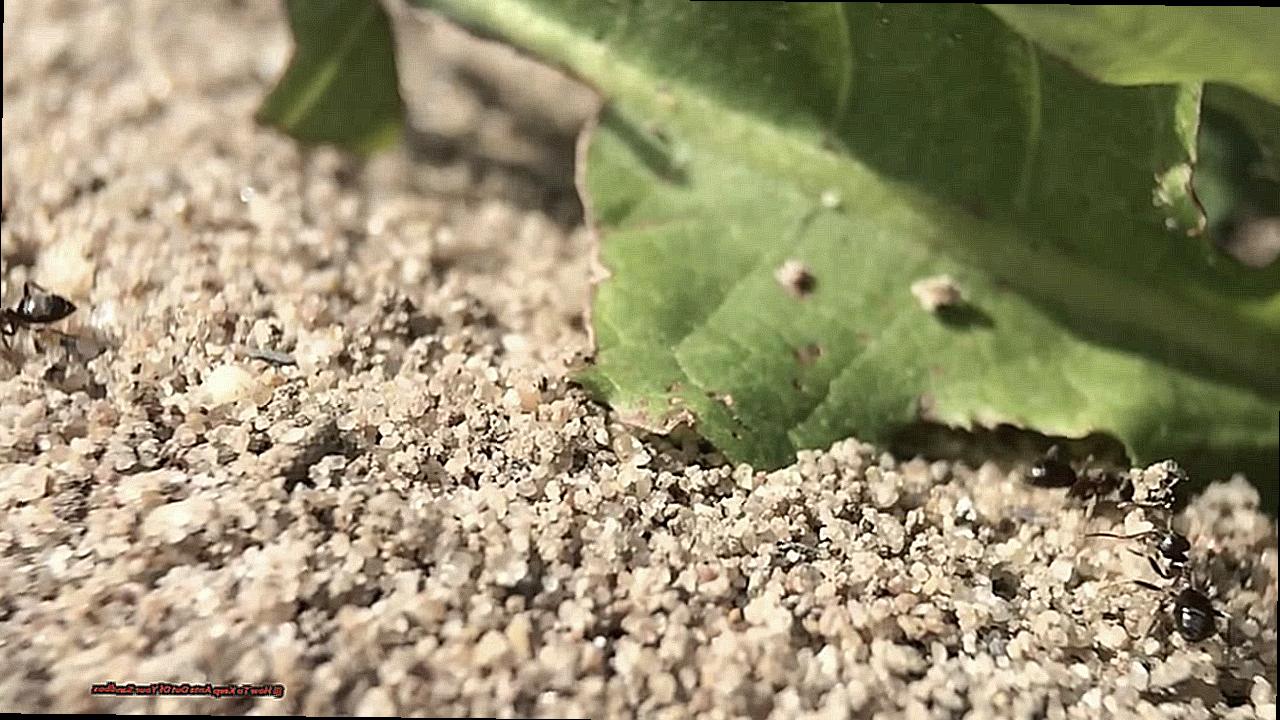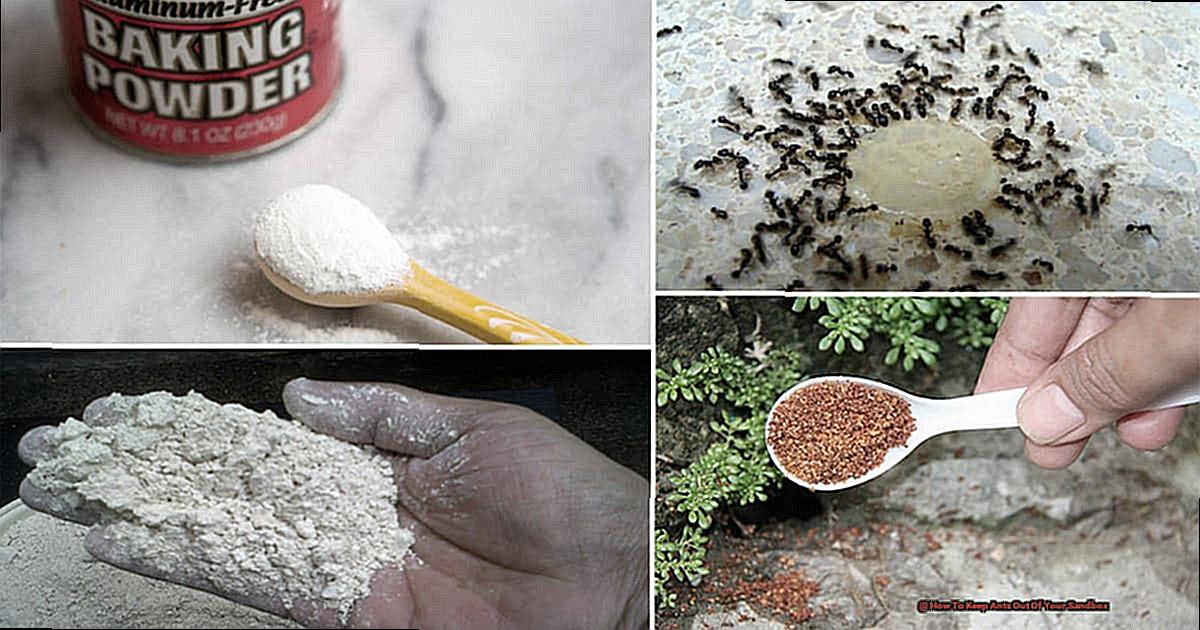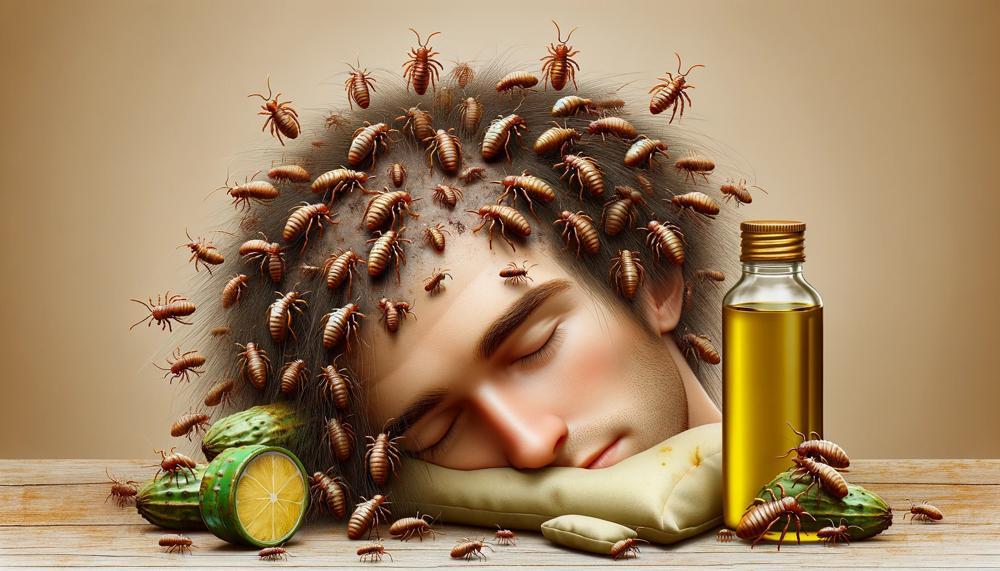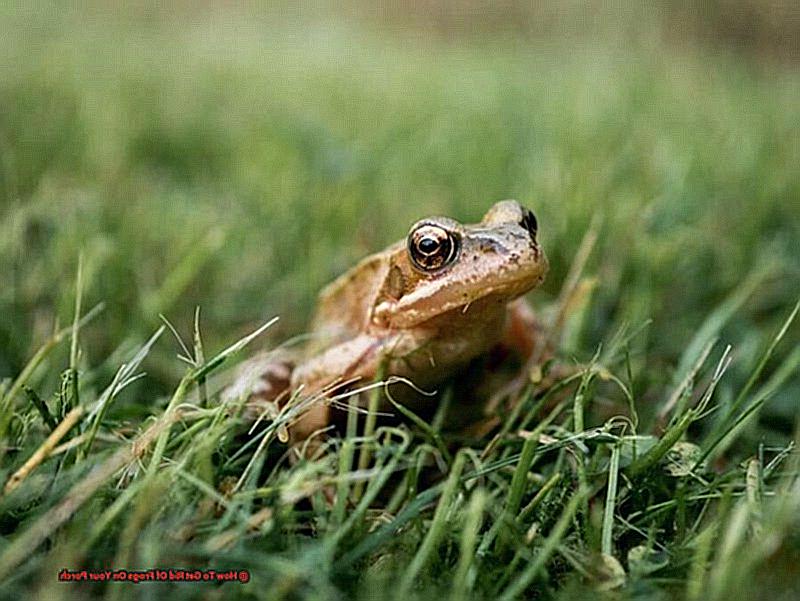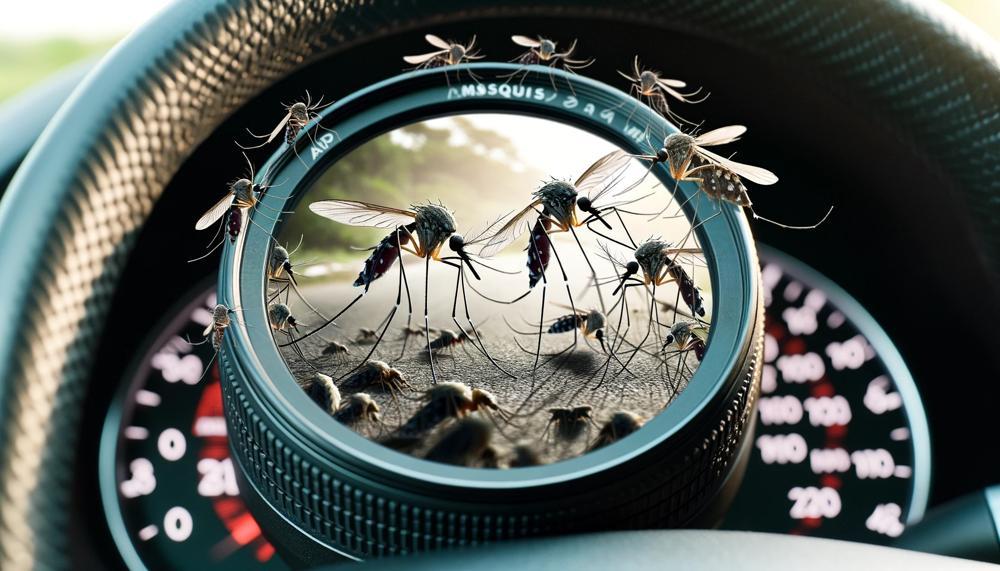Are you tired of constantly battling with pesky ants invading your child’s sandbox? Nothing ruins a fun day of play like finding a colony of these tiny invaders crawling around in the sand.
Not only can they be a nuisance, but they can also pose a potential health risk for your little ones. But don’t despair, there are effective methods for keeping ants out of your sandbox.
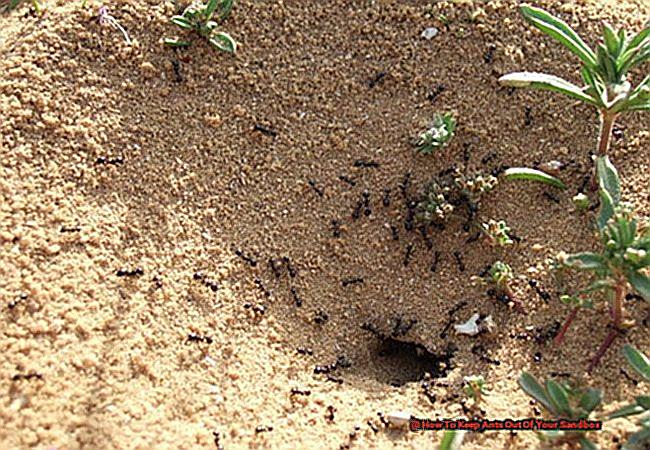
In this blog post, we’ll discuss some simple yet highly effective techniques to help you keep those annoying ants at bay.
From natural remedies to preventative measures, we’ve got you covered. So sit back, relax, and let’s dive into the world of ant control. Here are some key points we’ll cover:
- The importance of regular maintenance and cleaning to prevent ant infestations
- Harnessing the power of natural repellents such as cinnamon and peppermint oil to deter ants
- Creating physical barriers with diatomaceous earth or baby powder to block ant entry points
- Using vinegar or lemon juice to disrupt ant trails and confuse their sense of direction
- Implementing proper drainage to prevent standing water that attracts ants and other insects
Table of Contents
- 1 How To Keep Ants Out Of Your Sandbox?
- 2 Identifying Ant Species: Knowing Your Enemy
- 3 Chemical Repellents: Effective Ways to Keep Ants at Bay
- 4 Physical Barriers: Creating a Fortress for Your Sandbox
- 5 Cleanliness is Key: Tips for Maintaining a Pest-Free Sandbox
- 6 Toy Storage and Sand Additives: Additional Measures to Keep Ants Away
- 7 Nest Inspections: How to Identify and Eliminate Ant Colonies Near Your Sandbox
- 8 Conclusion
How To Keep Ants Out Of Your Sandbox?
Look no further. We have curated a list of methods that can help you keep those pesky ants away from your children’s play area.
- Use a Natural Repellent: Mix 1 litre of white vinegar with 2 litres of warm water and spray it on the sand. Leave it to dry under the direct sunlight for 2-3 days. The strong smell of vinegar will act as a deterrent and prevent ants from entering the sandbox.
- Create a Physical Barrier: Non-toxic repellents like diatomaceous earth or baby powder can be used as a physical barrier around the edge of the sandbox. This will make it difficult for ants to enter and keep your sandbox ant-free.
- Sprinkle Cornstarch: Sprinkling cornstarch around the sandbox can also help in deterring ants. The texture of cornstarch is disliked by ants, making them avoid crossing it.
- Keep Food Away: Ants are attracted to food, so it is important to keep any snacks or meals away from the sandbox area. Be sure to clean up any crumbs or spills immediately to avoid attracting ants.
- Change the Soil Regularly: It is recommended to change the soil in your sandbox every 30-60 days, depending on its usage frequency. This will prevent ant colonies from establishing themselves in the sandbox and keep it ant-free.
It is best to use these methods in combination for maximum effectiveness. Additionally, regular inspection of the sandbox for any ant nests and taking necessary measures to remove them is crucial.
Identifying Ant Species: Knowing Your Enemy
When trying to keep ants out of your sandbox, it is crucial to identify the specific ant species. This is because different species have varying nesting habits, food preferences, and potential threats.
By accurately identifying the ant species, you can determine the most effective control measures to prevent infestations in your sandbox.
Not only does this protect your children from potential health risks, but it also prevents any damage to your sandbox structure.
| Ant Species | Nesting Habits | Potential Threats |
| Black Garden Ants | Commonly nest in soil or under rocks; may also build mounds or nests in lawns and gardens. | Can bite and sting; may cause damage to plants and lawns. |
| Red Ants | Usually nest in soil or under objects on the ground; may also build mounds or nests in lawns and gardens. | Can bite and sting; may cause allergic reactions in some individuals. |
| Wood Ants | Nest in soil, wood, or under rocks; may also build mounds or nests in lawns and gardens. | Can bite and sting; may cause damage to wooden structures, furniture, and plants. |
| Pharaoh Ants | Nest in small spaces like cracks and crevices, inside structures, and near sources of food. | Can contaminate food and spread bacteria and diseases. |
| Argentine Ants | Nest in soil, under objects on the ground, or in structures; may also build large colonies outdoors. | Can contaminate food and spread bacteria and diseases; may displace native ant species. |
By accurately identifying different ant species, you can determine the most suitable management approach.
For example, using natural repellents or physical barriers may be more effective for ants that are known to build mounds or nests in lawns and gardens, while removing potential food sources may work better for ants that nest inside structures.
Tools and resources like field guides, online databases and forums, and ant identification apps can provide valuable assistance in accurately identifying the different ant species.
Moreover, observing ant trails and examining mounds or nests can also aid in identification. For instance, Argentine ants tend to form large colonies outdoors, while Pharaoh ants nest in small spaces inside structures.
Physical characteristics such as body shape, coloration, spines or hairs can also help narrow down possibilities for identification.

Chemical Repellents: Effective Ways to Keep Ants at Bay
There are various chemical repellents available that can effectively prevent ants from invading a sandbox. Here are some options to consider:
| Chemical Repellent | How It Works | Application Method |
| Baby powder | The talc found in baby powder disrupts an ant’s scent trail and masks their pheromones. | To apply, sprinkle a generous amount around the perimeter of the sandbox. |
| Vinegar | The strong odor of vinegar masks the scent trails ants use to navigate. | Mix equal parts white vinegar and water in a spray bottle and apply around the sandbox. |
| Cinnamon | The aroma of cinnamon is unpleasant to ants and can disrupt their communication. | To use, sprinkle a layer of cinnamon on top of the sand in the sandbox. |
| Peppermint or eucalyptus essential oils | The strong scent of these oils can deter ants and other insects from the area. | Mix a few drops with water in a spray bottle and apply around the sandbox. |
| Talcum powder or chalk | The fine dust particles in talcum powder or chalk create a barrier that ants will not cross. | Create lines around the sandbox with chalk or sprinkle talcum powder around the perimeter. |
Please keep in mind that these chemical repellents may need to be reapplied after heavy rain or strong winds. Additionally, it is best to avoid using harmful chemicals such as pesticides near areas where children play. Using natural and non-toxic repellents will ensure the safety of your children while effectively deterring ants from invading the sandbox.
Furthermore, it is worth noting that these chemical repellents can also be used in other areas where ants are a nuisance, such as indoor or outdoor dining areas, picnic tables, and even around plants.
By using these natural and non-toxic methods, you can keep ants at bay without harming the environment or your loved ones.
An interesting anecdote to consider is that when I was a child, my family and I went on a picnic and were constantly being bothered by ants.
My mother, who is an advocate for natural and non-toxic methods, sprinkled cinnamon around our picnic blanket and we were no longer bothered by ants. It was a simple and effective solution that kept us safe and allowed us to enjoy our day without any interruptions.
Physical Barriers: Creating a Fortress for Your Sandbox
Creating a fortress for your sandbox is an effective way to keep ants at bay. Physical barriers are a key component of this strategy, making it difficult for ants to enter your sandbox. Here are some of the most effective physical barriers that will help you keep ants away from your outdoor play area.
| Slippery Petroleum Jelly | A small amount of petroleum jelly can be applied to the legs of the sandbox to create a slippery surface that ants cannot crawl up. This barrier is safe for children and can last for several days before needing to be reapplied. | Pros: Non-toxic, safe for children, long-lasting. |
| Copper Tape Barrier | Copper has natural antimicrobial properties that make it an effective barrier against ants. By wrapping copper tape around the legs of your sandbox, you create a barrier that ants will not cross. | Pros: Non-toxic, durable, long-lasting. |
| Aluminum Foil Shield | Similar to copper tape, aluminum foil creates a physical barrier that ants will not cross. It is easy to wrap around the legs of the sandbox and can be replaced when needed. | Pros: Non-toxic, easy to use, affordable. |
| Sandpaper Barrier | This may seem like an unconventional choice, but sandpaper is an effective barrier against ants. By wrapping sandpaper around the legs of your sandbox, you create a rough surface that ants cannot crawl up. | Pros: Non-toxic, durable, long-lasting. |
| Baby Powder Shield | Similar to petroleum jelly, a light dusting of baby powder around the legs of your sandbox can create a slippery surface that ants cannot cross. This barrier is safe for children and can be reapplied as needed. | Pros: Non-toxic, safe for children, easy to use. |
Aside from these physical barriers, there are other preventative measures that can be taken to keep ants at bay in your sandbox.
These include good sanitation practices, such as keeping the area clean and free of food sources, as well as sealing up toys when not in use to deny ants a nesting spot. Using plant-based deterrents, like essential oils or vinegar, can also make the sandbox unappealing to ants.
It is also important to regularly inspect and remove any ant nests near the sandbox to prevent colonies from becoming established close by.
Cleanliness is Key: Tips for Maintaining a Pest-Free Sandbox
Cleanliness is key when it comes to keeping ants away and creating a pest-free environment for your children’s sandbox. These tiny invaders can quickly take over and cause potential health risks for your little ones if they ingest contaminated sand. Ants can also disrupt the smooth surface of the sandbox, making it difficult for kids to play and potentially causing allergic reactions with their bites or stings. To prevent this, here are some tips for maintaining a pest-free sandbox through cleanliness:
- Regularly clean and rake the sand: Ants are attracted to food particles and debris in the sandbox. By regularly cleaning and raking the sand, you can remove any potential food sources and disrupt ant trails, effectively limiting their access to the sandbox.
- Store toys properly: After playing, be sure to store sand toys in a sealed container or bag to prevent attracting ants with leftover food residue.
- Remove standing water: Ants are also drawn to moisture, so regularly check for and remove any standing water in or around the sandbox.
- Inspect for ant nests: Make it a habit to regularly check for and remove any ant nests that may be near or under the sandbox. This will prevent colonies from forming and invading the play area.
- Use scent deterrents: Some scents, such as peppermint or eucalyptus, are known to repel ants. Consider spraying these essential oils around the perimeter of the sandbox to discourage ants from entering.
- Reapply repellent sprays after rain: If you choose to use chemical repellents, be sure to reapply after heavy rain as it can wash away the effectiveness of the spray.
- Avoid harmful deterrents: While some deterrents may be effective against ants, avoid using abrasive substances like diatomaceous earth directly on the sandbox sand as they can be harmful if inhaled by children.
By following these cleanliness tips, you can effectively keep ants at bay and create a safe and enjoyable play environment for your children. It’s important to remember that maintaining a pest-free sandbox requires a multi-pronged approach, with cleanliness being a crucial aspect.
Toy Storage and Sand Additives: Additional Measures to Keep Ants Away
To prevent ants from invading your child’s sandbox, it is important to not only regularly clean and rake the sand, but also take additional measures. These include proper toy storage and the use of sand additives.
- Proper Toy Storage: A simple way to keep ants away from the sandbox is by properly storing toys when they are not being used. By placing toys in containers with tightly sealed lids and keeping them off the ground, you can reduce the chances of ants being attracted to the area. This will also help keep the sandbox clean and organized, making it less appealing for ants to invade.
- Sand Additives: Certain sand additives, such as cinnamon, diatomaceous earth, and boric acid, have been found to repel ants. These can be sprinkled on top of the sand or mixed in with it to create a barrier against ants. However, it is important to carefully research and use these additives as some may be harmful if ingested by children.
- Ant Traps: Another effective measure is to place ant traps around the sandbox area. These traps use bait to attract and eliminate ants, preventing them from entering the sandbox. Just be sure to keep them out of reach of children.
- Natural Deterrents: There are also certain scents that ants do not like, such as peppermint, citrus, and vinegar. These can be used as natural deterrents by spraying them around the sandbox or placing cotton balls soaked in these scents around the area.
By implementing these additional measures and regularly maintaining the sandbox, you can effectively keep ants at bay and provide a safe and enjoyable sensory play experience for children.
Nest Inspections: How to Identify and Eliminate Ant Colonies Near Your Sandbox
Ants are a common nuisance in sandboxes, and it’s important to take proactive measures to keep them away from your child’s play area. Here are some steps you can follow to identify and eliminate ant colonies near your sandbox.
- Inspect the Sandbox: The first step is to thoroughly inspect the sandbox for any signs of ants. Look for anthills or small piles of sand around the edges of the sandbox. You may also notice ants crawling in and out of the sandbox, scurrying around like tiny soldiers on a mission.
- Clean and Remove Sand: If you do find ants in the sandbox, start by thoroughly cleaning and removing all of the sand. This will help to eliminate any ant trails and remove potential food sources that may be attracting them.
- Utilize White Vinegar: White vinegar is a safe and effective way to kill and repel ants. Create a mixture of equal parts water and white vinegar in a spray bottle, then liberally spray it around the perimeter of the sandbox. You can also target any anthills directly with this solution to discourage ants from getting too close.
- Cover the Sandbox: To prevent ants from entering the sandbox, it’s essential to cover it when not in use. A tarp or lid can be used to securely cover the sandbox, making it less accessible for any pesky ants.
- Line the Bottom of the Sandbox: Another effective method for keeping ants from burrowing into the sandbox is by lining the bottom with landscaping fabric. This creates a barrier that ants cannot easily penetrate, protecting your child’s play space from unwanted invaders.
- Get Rid of Anthills: If there are anthills near your sandbox, it’s crucial to get rid of them to prevent ant colonies from forming. Use white vinegar spray to kill and repel ants from these areas, sending them scurrying in search of a new home.
- Plant Peppermint: Certain herbs, like peppermint, can act as a natural deterrent for ants. Consider planting peppermint around the perimeter of your sandbox to help keep ants away. Plus, it will add a pleasant aroma to your outdoor space.
- Regular Maintenance: Lastly, make sure to regularly maintain and clean the sandbox to prevent any potential ant problems. Keep an eye out for any signs of ants and take immediate action to eliminate them, ensuring your child can play safely in their sandbox.
Identifying and eliminating ant colonies near your sandbox is crucial in preventing them from invading the play area. By following these steps and implementing preventative measures, you can ensure a safe and enjoyable sandbox experience for your child.
Conclusion
In conclusion, the battle against ants in your sandbox may seem never-ending, but with the right strategies and techniques, you can effectively keep these pesky invaders at bay. Regular maintenance and cleaning, combined with natural remedies and physical barriers, are crucial in preventing ant infestations in your child’s play area.
Harnessing the power of natural repellents like cinnamon and peppermint oil, creating physical barriers using diatomaceous earth or baby powder, and ensuring proper drainage to prevent standing water are all key steps in creating a fortress for your sandbox that ants will not be able to penetrate. It is also important to accurately identify different ant species to determine the most effective control measures.
Instead of resorting to harmful chemical repellents, opt for non-toxic methods that prioritize the safety of your children while still effectively deterring ants. Regularly inspecting and maintaining your sandbox is also essential in keeping it ant-free.
With these simple yet highly effective techniques, you can ensure that your child’s playtime remains enjoyable without any tiny invaders causing a disturbance.

